MARTINE ROSE FOR NAPAPIJRI
Discover
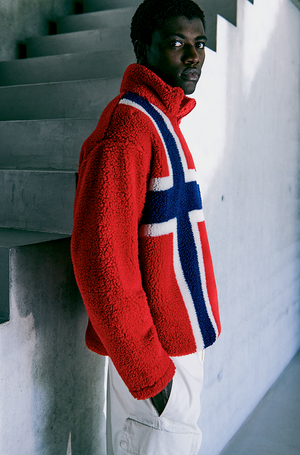
Fall/Winter 2025 Campaign
DiscoverFree shipping to the collection point
Free returns

£440.00

£335.00

£220.00

£220.00

£335.00

£350.00

£265.00
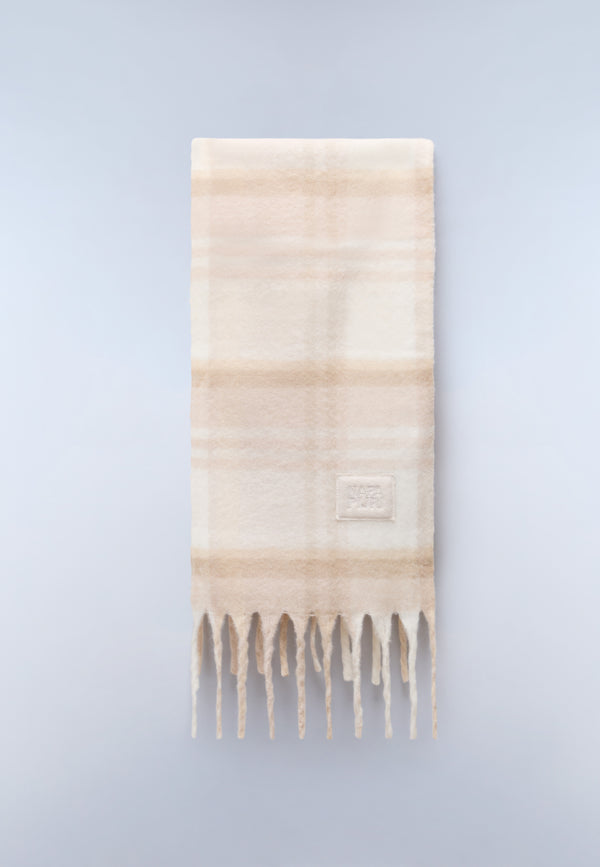
£125.00

£165.00

£175.00


The Napapijri Bulletin is a monthly editorial project that tells the extraordinary stories of extraordinary people. Cultural adventurers, friends of the brand, modern explorers: each month, The Bulletin celebrates those who dare to abandon the known maps to chart unexpected territories.
The Los Angeles-based artist develops her creativity at the intersection of horticulture, urban design and climate awareness. As she sees it, the world is a place where botany can teach us another way of living. We met her to find out whether a new dialogue between culture and nature is possible and whether the cities she imagines could become our hope.
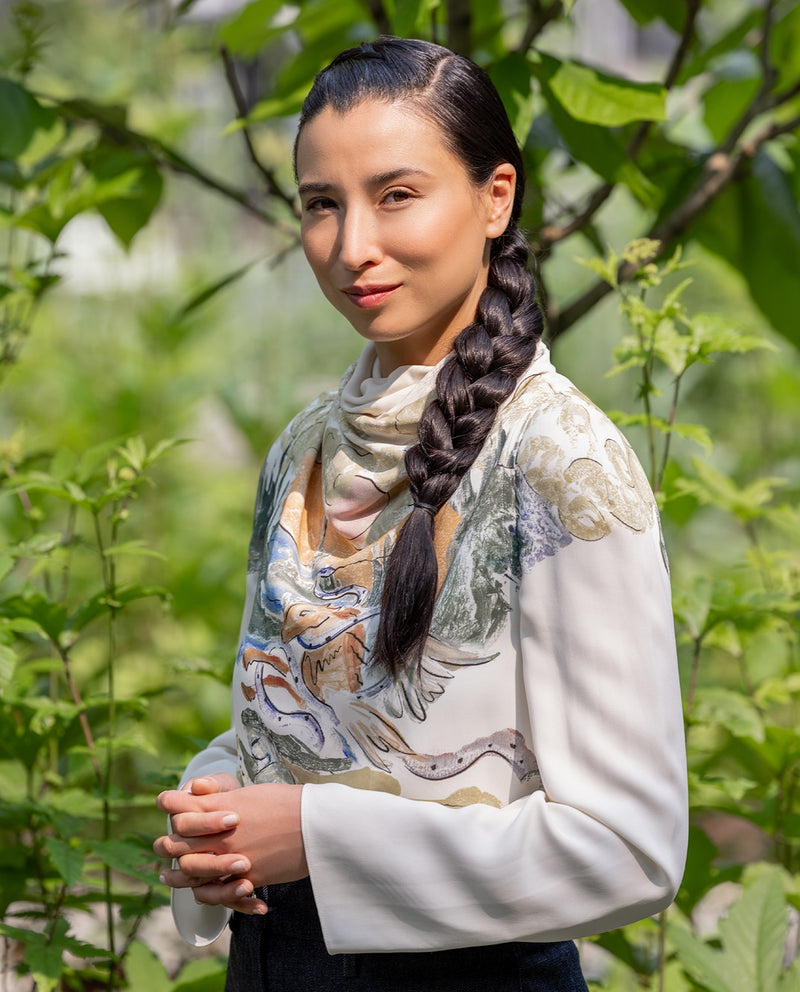
You are the landscape artist behind ‘Gardens of Renewal’ at Madison Square park, a project that unfolds across two lawns featuring a Meditation Garden and a Children’s Garden. What do you think is the right balance between nature and civilization?
The right balance between nature and civilization is one of reciprocity. Civilization must learn to listen—to design with, not over nature. We need to find more harmony between our needs and vision for society, and the ecosystemic needs of our planet. When our built environments support ecological systems rather than destroy them, we begin to heal both the planet and ourselves. Balance is co-existence rooted in respect and renewal.
If you had to imagine your ideal city, what would it be like?
In my mind, an ideal city is deeply integrated with the natural ecosystem and respects its environmental context. Native plants line every street, clean water flows through it, biodiversity is honored and we have designed for the more-than-human world. There are enclaves for wildlife, pollinators, and places for people to grow food, connect with the land, and gather in community. We have not paved over our richest natural resources, or forgotten that we are a part of nature and our survival depends on peaceful coexistence.

You are the landscape artist behind ‘Gardens of Renewal’ at Madison Square park, a project that unfolds across two lawns featuring a Meditation Garden and a Children’s Garden. What do you think is the right balance between nature and civilization?
The right balance between nature and civilization is one of reciprocity. Civilization must learn to listen—to design with, not over nature. We need to find more harmony between our needs and vision for society, and the ecosystemic needs of our planet. When our built environments support ecological systems rather than destroy them, we begin to heal both the planet and ourselves. Balance is co-existence rooted in respect and renewal.
If you had to imagine your ideal city, what would it be like?
In my mind, an ideal city is deeply integrated with the natural ecosystem and respects its environmental context. Native plants line every street, clean water flows through it, biodiversity is honored and we have designed for the more-than-human world. There are enclaves for wildlife, pollinators, and places for people to grow food, connect with the land, and gather in community. We have not paved over our richest natural resources, or forgotten that we are a part of nature and our survival depends on peaceful coexistence.
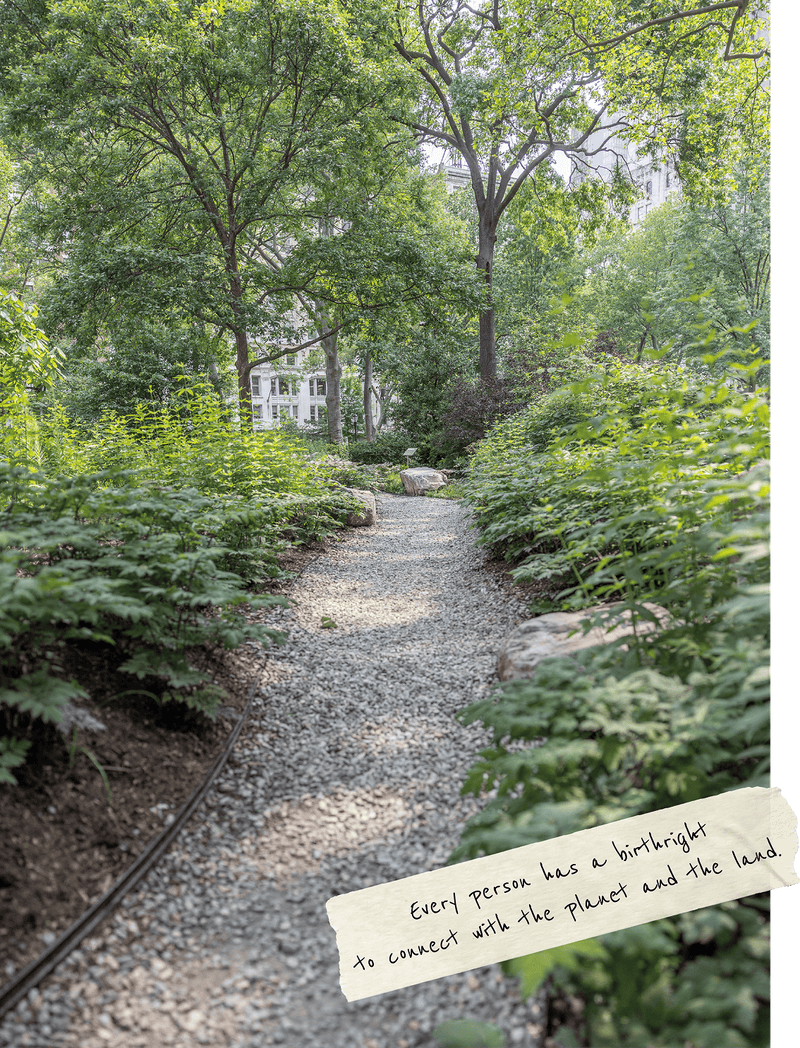

What is the relationship between your artistic creativity and the spontaneous creativity of nature?
I draw my inspiration and teachings from the natural world - she is the great master, the highest teacher and the ultimate artist.
Beauty and politics appear to be in conversation in your artistic path. How do they interact with each other?
In my work, beauty can be a gateway to politics. It softens defenses, opens hearts, and invites people into deeper conversations about land, justice and belonging. By connecting with the frequency of beauty, I aim to reframe ecological grief into collective responsibility and inspire action rooted in reverence, not fear.
You said that people need to rediscover their connection to the planet. Do you think there is a right way to do so, or that each person has to find their Own?
Every person has a birthright to connect with the planet and the land.
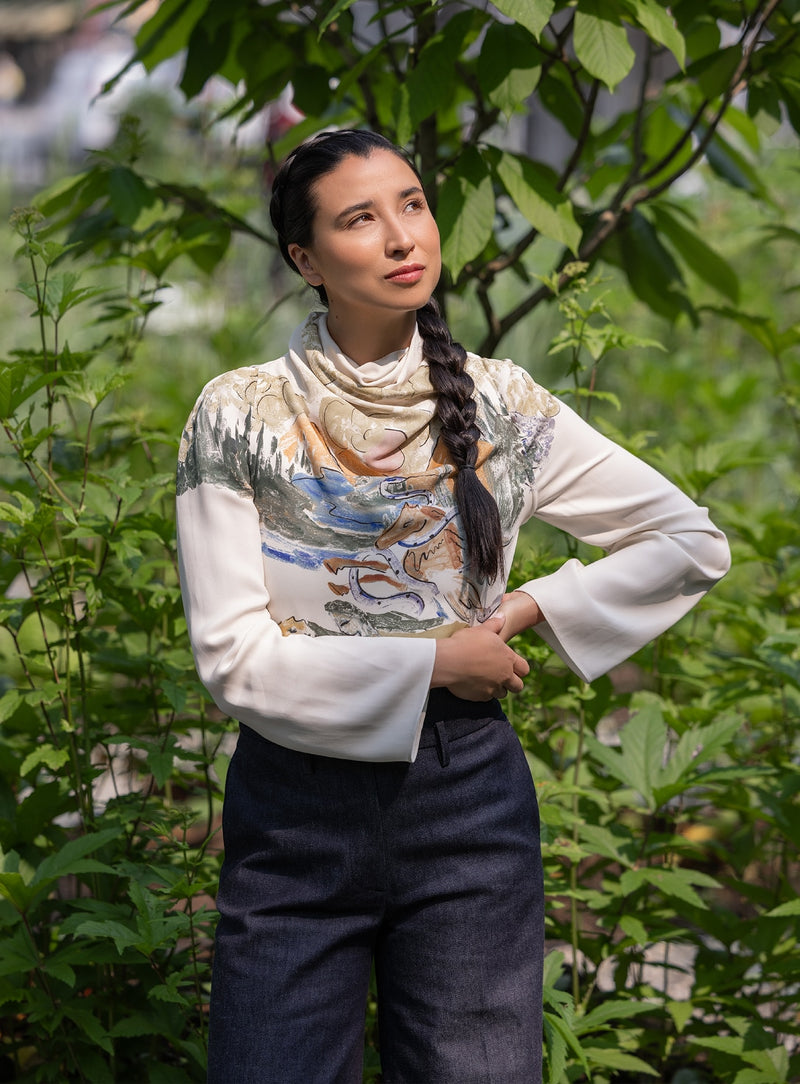
Is it possible to become friends with a plant?
Plants can be our greatest allies, teachers and friends. That relationship is available to all of us at any time. I have many plant allies that have helped me on the path to creativity, wisdom and healing. We have many sacred plants that have been close friends of humanity for millennia - helping us through their biochemical make up and symbolic power to make meaning and support our growth.
Do you have a favorite one?
Some master plants that have been teachers to me recently: cacao, mugwort, rose.

Is it possible to become friends with a plant?
Plants can be our greatest allies, teachers and friends. That relationship is available to all of us at any time. I have many plant allies that have helped me on the path to creativity, wisdom and healing. We have many sacred plants that have been close friends of humanity for millennia - helping us through their biochemical make up and symbolic power to make meaning and support our growth.
Do you have a favorite one?
Some master plants that have been teachers to me recently: cacao, mugwort, rose.
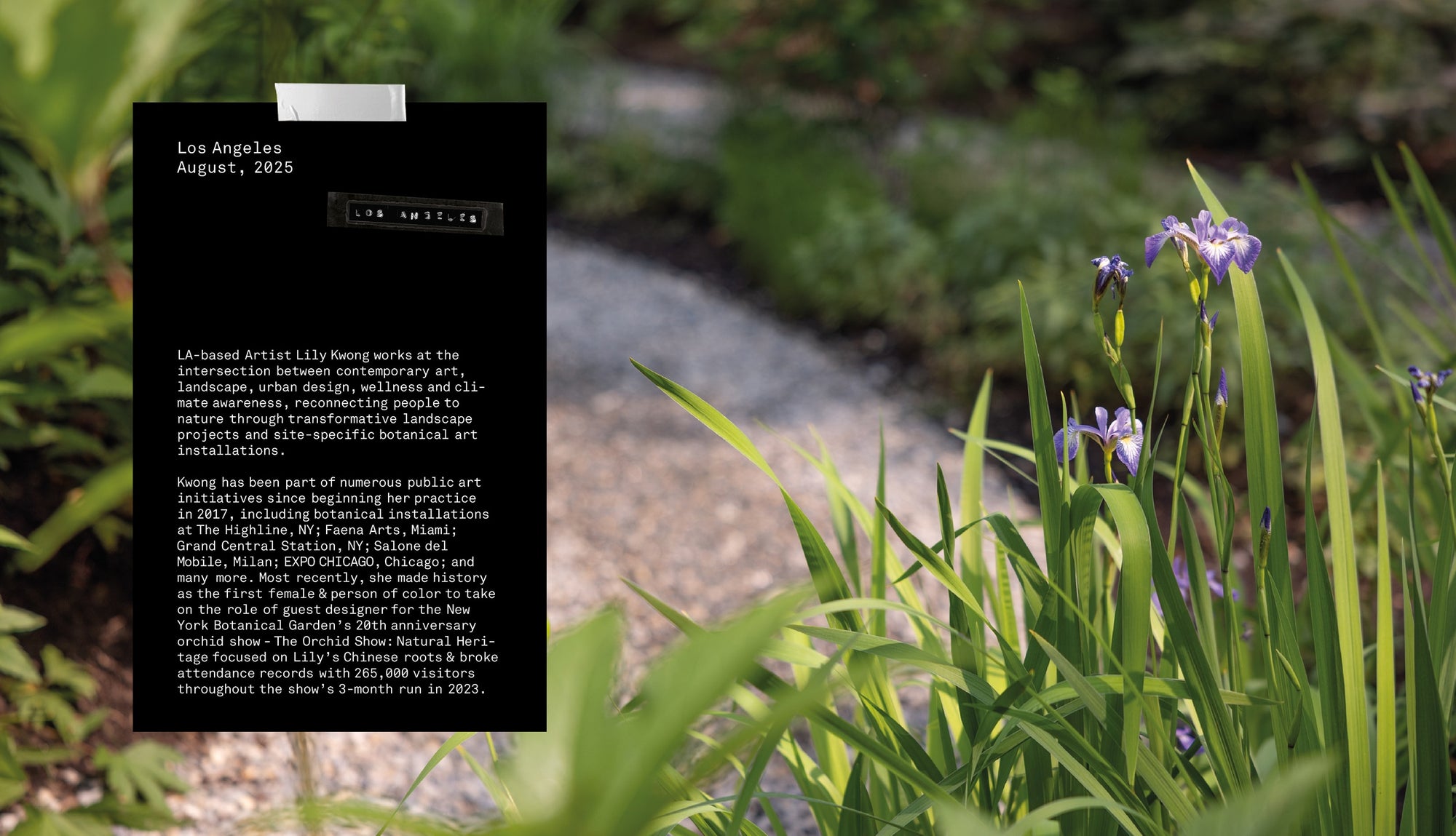
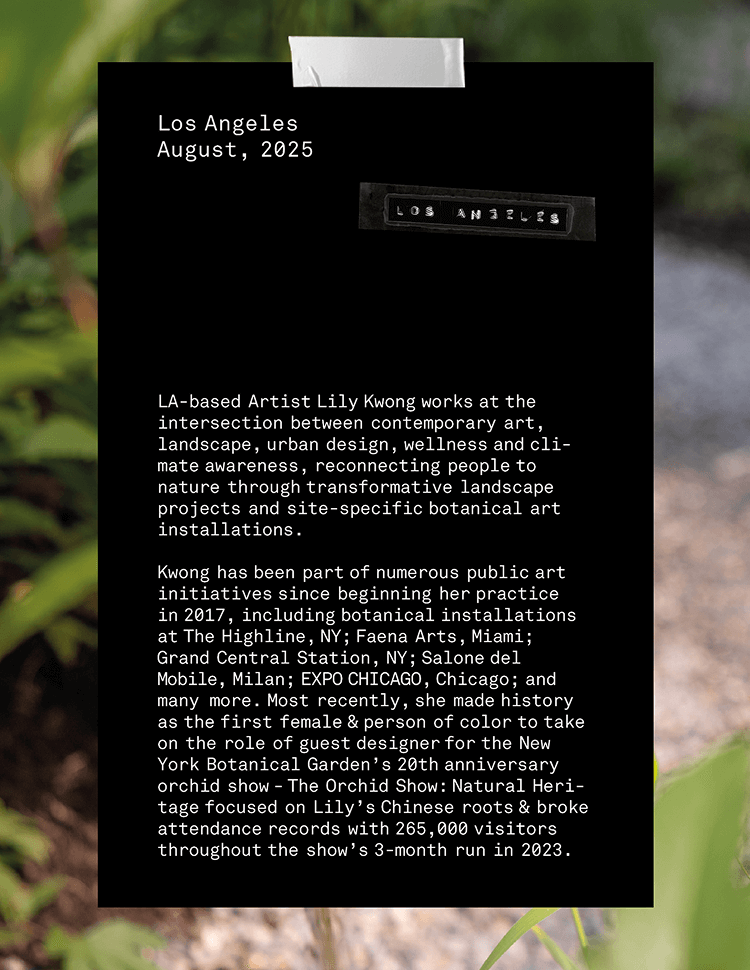
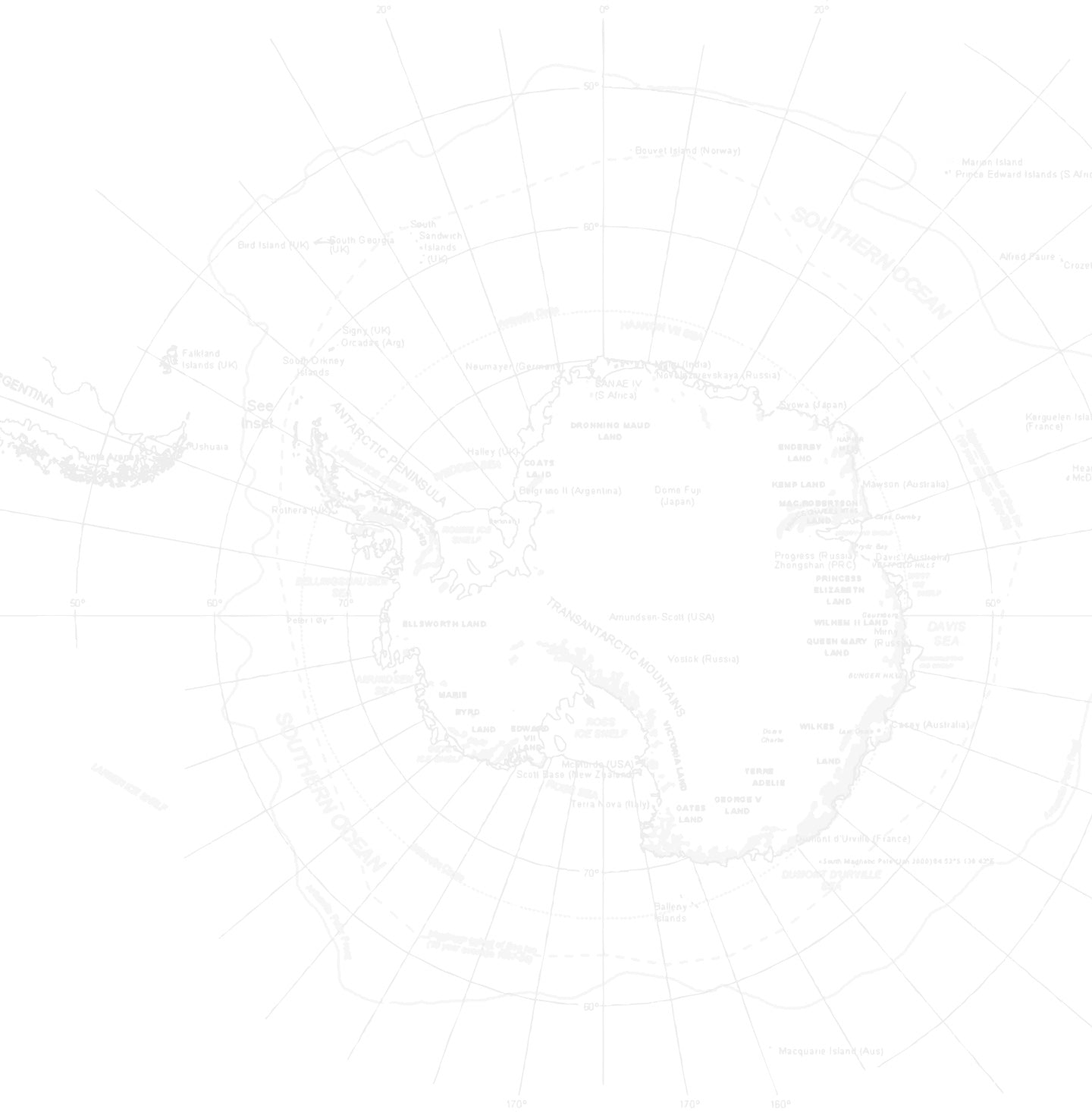
No products available.
Your cart is empty
Continue Shopping
Subscribe to receive our newsletter, stay updated on events and special offers.
Thank you for your subscription! You’ll receive the confirmation e-mail in a few seconds. Please check your spam folder if you don’t see it.
You are already set to receive the latest offers and news.